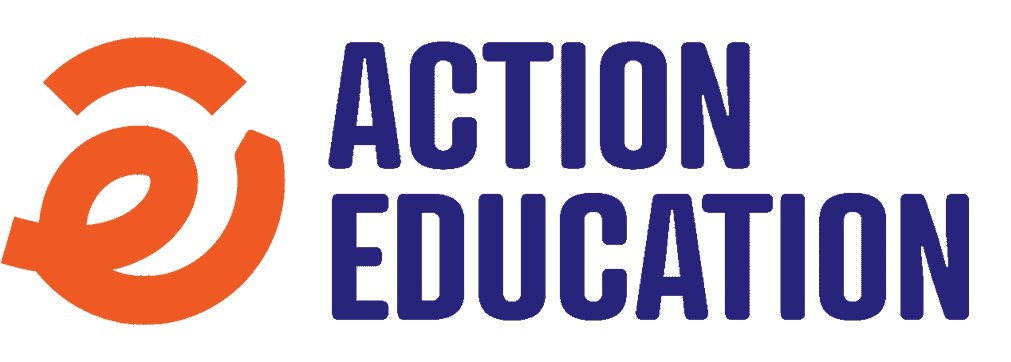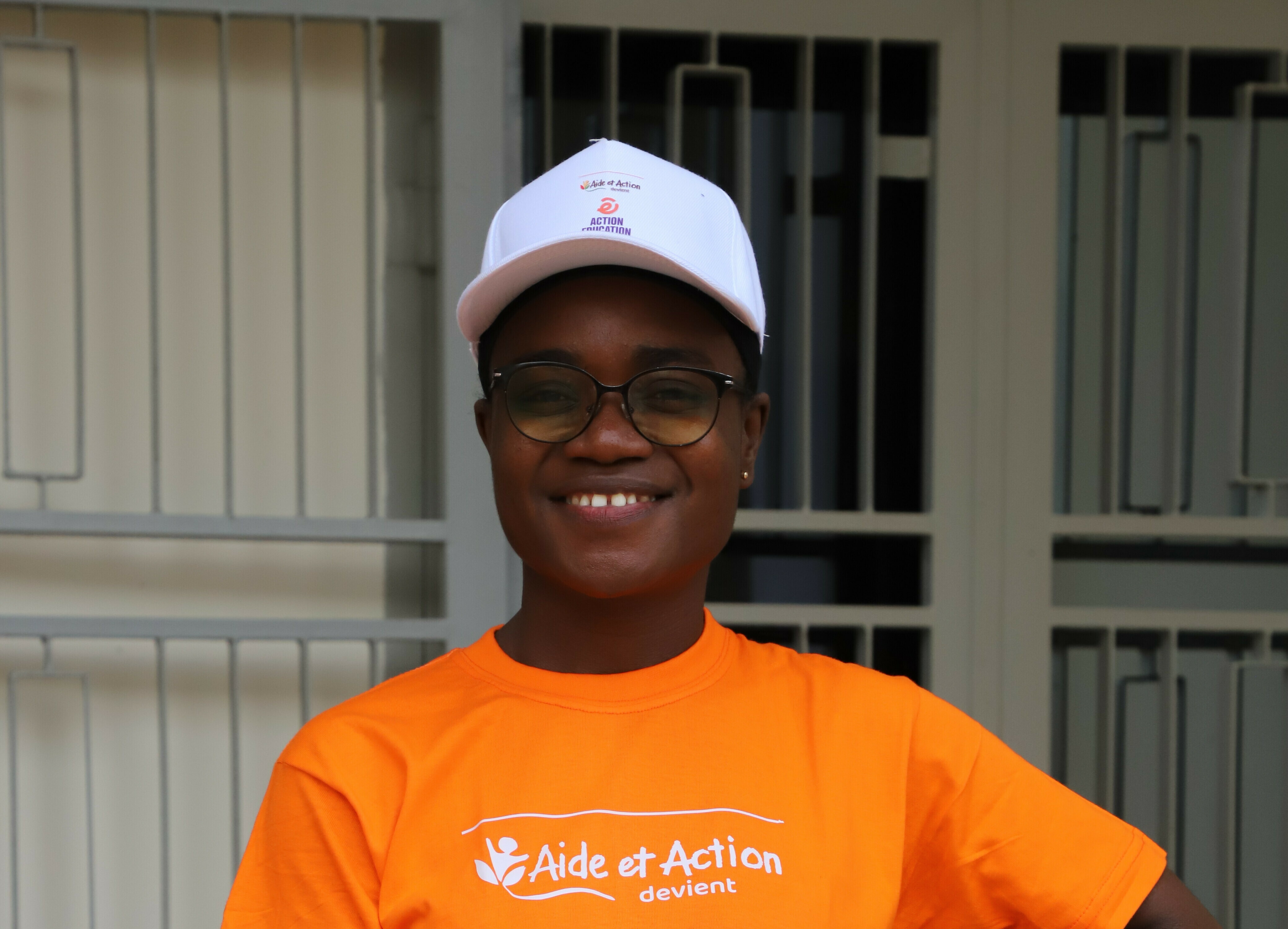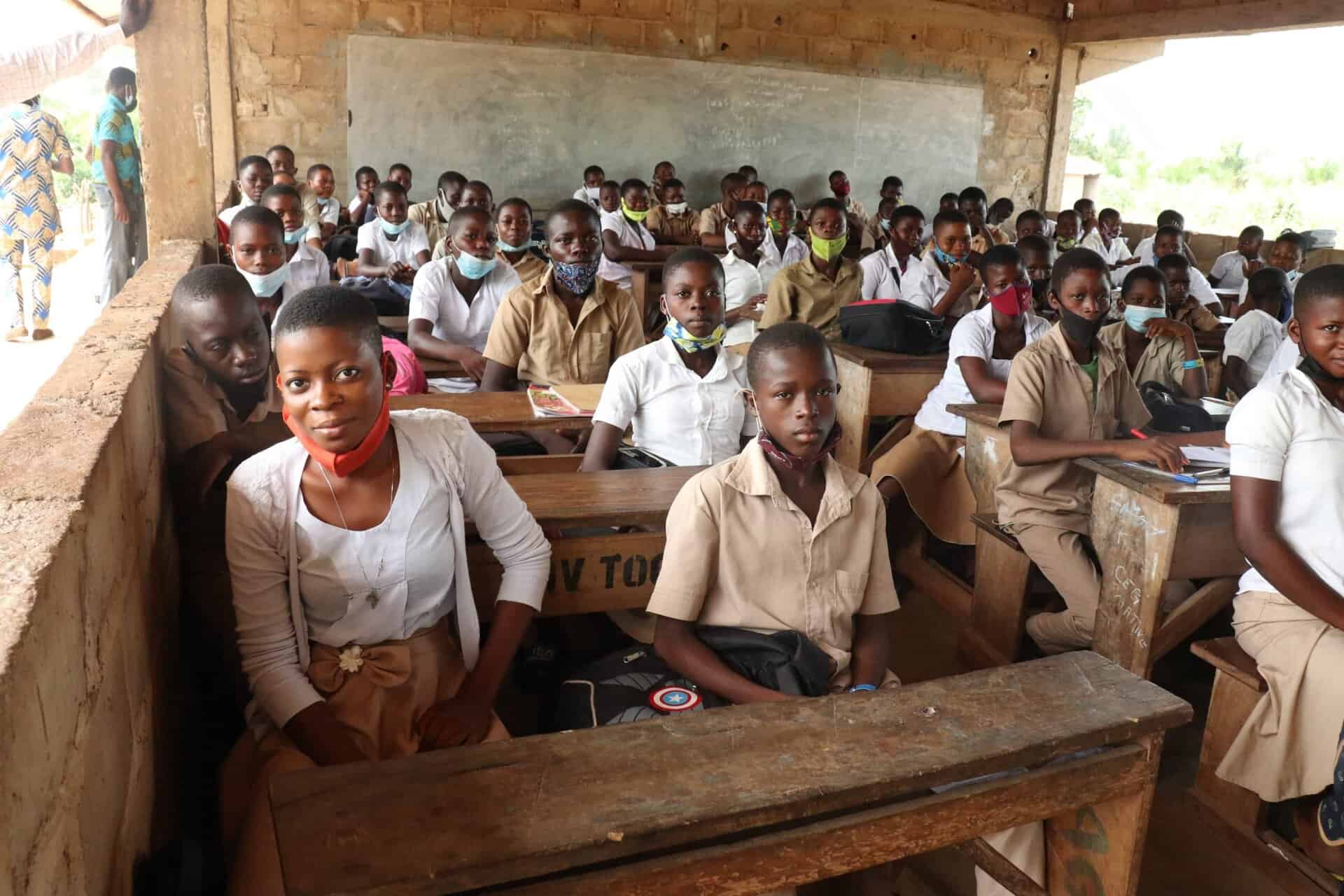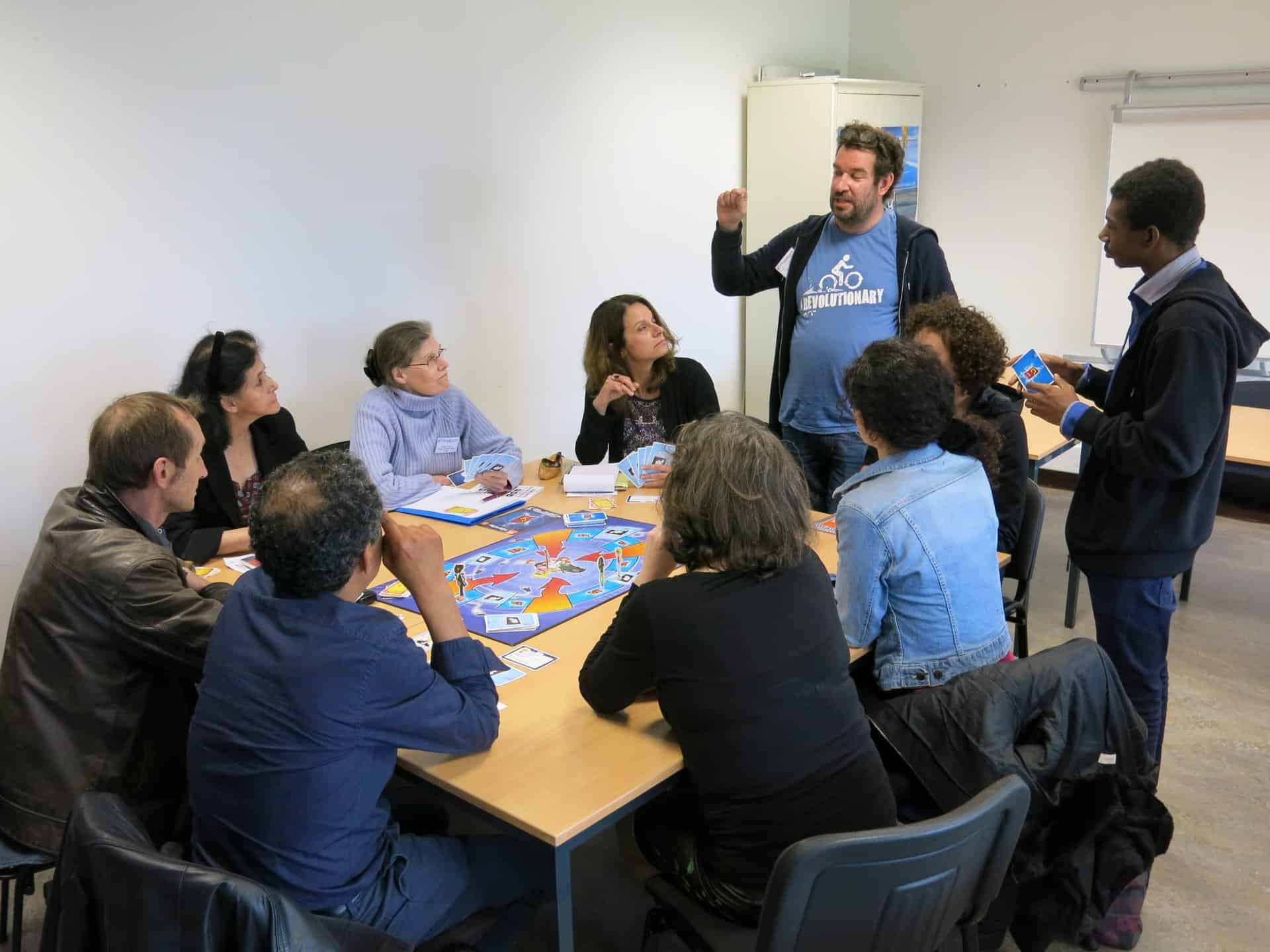Photo credit: Christine Redmond
In Cambodia, before COVID-19, one in two children with disabilities was not in school. Today, on the International Day of Persons with Disabilities, we hope that the current pandemic will provide an opportunity to rethink a more inclusive emergency education.
Approximately 80% of people with disabilities live in developing countries where access to education is an ongoing challenge. School closures due to the COVID-19 pandemic risk exacerbating existing inequalities. So says teacher Chea Seiha in Cambodia.
With the support of Aide et Action and the local NGO Rabbit School Organization, Seiha trained as a teacher for children with disabilities four years ago. Before the pandemic, she taught her students for four hours a day in a public school in Siem Reap, in the north-west of Cambodia.
In March 2020, the country's schools closed and teachers like Seiha had to adapt quickly to meet the needs of their students. Seiha began travelling from house to house to teach her students. But she says the educational responses deployed during COVID-19 were not inclusive enough to support her students' learning.
The challenges of distance learning
Each of Seiha's 12 students received two hours of individual education per week, and the most severely disabled children received three hours. But compared to what they usually received, this was not enough. " I only had one hour per student, it was too difficult. I had too many students and not enough time "The teacher regrets.
As in many countries around the world, distance learning programmes have been launched during school closures via television, radio and social networks. However, many students in Seiha, due to their economic conditions, did not have access to this technology, but neither could they follow the programmes as these were not designed for children with disabilities.
To address this issue, Aide et Action, in partnership with the Rabbit School Organization, has developed a series of online content to teach parents how to teach children with disabilities at home. Recognising that the accessibility of such content depends on the ability of parents to have a device that can connect to the Internet, Aide et Action has also helped teachers to print out materials to support learning at home and to distribute them during home visits.
A difficult return to school
In October 2020, Seiha's school reopened. But, as she feared, the rehabilitation proved difficult for her students. "I have to go back to the lessons I taught before COVID-19 because the children have forgotten everything"she notes.
In addition, many of his students did not want to return to school because the seven-month closure isolated them socially and reduced their ability to communicate with others. "I have to stabilise the children's emotions and make them feel better before I can start teaching "Seiha said, adding that the adapted methodologies she had learned, such as decorating the classroom and using toys, could help her achieve this.
A brutal end to the school year
Unfortunately, the children's return to school lasted only a little over a month, as COVID-19 once again led to the closure of schools throughout the country. In November 2020, the government announced the abrupt end of the school year in line with preventive measures.
The impact of repeated closures such as this is likely to be worse for fragile students such as those at Seiha, as being disabled and from a low socio-economic background presents a higher risk of dropping out of school.
We hope that the pandemic will provide an opportunity to rethink how emergency education planning can include children with disabilities and how lessons learned this year can inform future responses.






